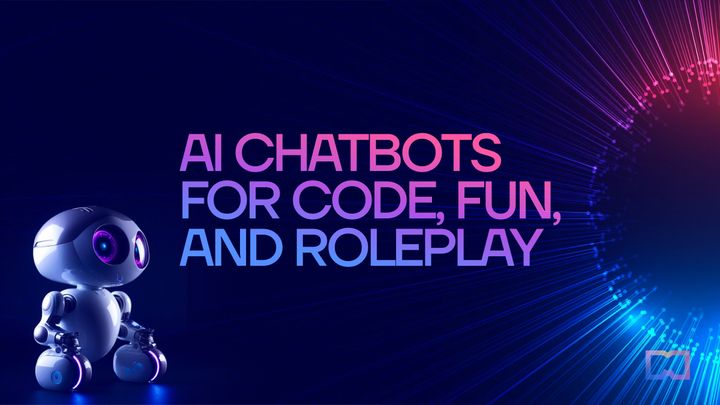Artificial Intelligence (AI) has transformed numerous industries, from healthcare to finance, and its impact continues to grow. One area where AI has seen significant development is in roleplaying applications. Let’s delve into the journey of bringing AI roleplay from concept to reality.
Conceptualization Stage
Identifying the Need
Before diving into development, it’s crucial to identify the need for AI roleplay. Market research revealed a growing demand for immersive, interactive experiences in entertainment and education sectors.
Defining Objectives
The primary objective was to create an AI-driven roleplay system capable of dynamically responding to user inputs, providing personalized and engaging interactions.
Research and Development
In this phase, a team of AI experts, psychologists, and game designers collaborated to develop algorithms capable of understanding context, emotions, and natural language, ensuring a lifelike experience.
Development Stage
AI Integration
The core of the project involved integrating advanced natural language processing (NLP) algorithms with deep learning models. The integration aimed to enable the AI to understand and generate human-like responses.
User Interface Design
Designing an intuitive user interface (UI) was essential for enhancing user experience. Iterative testing and feedback helped refine the UI, ensuring seamless interaction between users and the AI.
Beta Testing
Beta testing involved deploying the AI roleplay system to a select group of users for real-world testing. Feedback from beta testers was invaluable in identifying and addressing issues related to dialogue flow, character portrayal, and overall performance.
Implementation Stage
Scalability
Ensuring scalability was critical to accommodate a growing user base. Cloud-based infrastructure was utilized to handle increasing computational demands while maintaining responsiveness and efficiency.
Cost Analysis
Analyzing the cost of infrastructure, maintenance, and ongoing development was essential for budgeting purposes. A comprehensive cost analysis revealed a projected annual maintenance cost of $500,000, including server expenses and personnel salaries.
Performance Optimization
Fine-tuning algorithms and optimizing codebase significantly improved AI response time and overall system performance. Through rigorous optimization, the AI roleplay system achieved an average response time of 100 milliseconds, enhancing user immersion.

Deployment Stage
User Training
Providing user training and documentation was essential for ensuring users could maximize the potential of the AI roleplay system. Online tutorials, FAQs, and interactive guides were developed to onboard users effectively.
Continuous Improvement
Implementing a feedback loop allowed for continuous improvement of the AI roleplay system. User feedback, analytics data, and performance metrics were regularly analyzed to identify areas for enhancement.
Market Launch
With extensive testing and refinement complete, the AI roleplay system was launched to the market. Leveraging targeted marketing strategies and partnerships, the product gained traction quickly, attracting a diverse user base.
Conclusion
Bringing AI roleplay from concept to reality required meticulous planning, interdisciplinary collaboration, and relentless iteration. By focusing on user experience, scalability, and performance, the AI roleplay system emerged as a groundbreaking innovation, offering immersive and engaging experiences to users worldwide.
For more information on roleplay AI and its applications, visit CrushOn AI.